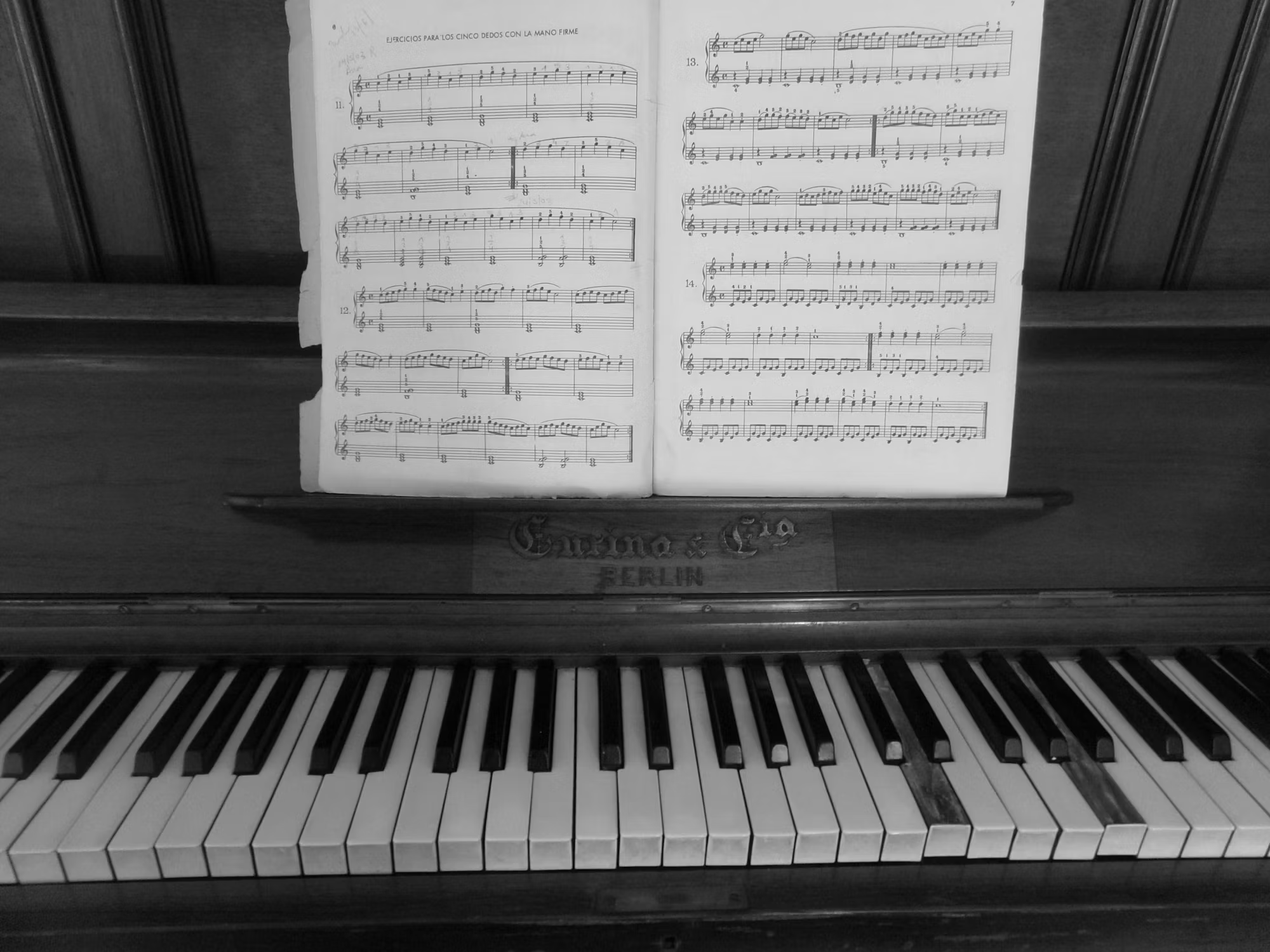The Art of Piano Improvisation: Unlocking Creative Expression

Piano improvisation is a remarkable skill that allows musicians to express their creativity in real-time, creating unique musical experiences for both the performer and the audience. This art form has a rich history, spanning various musical genres and styles, and it continues to inspire pianists around the world. In this article, we will delve into the world of piano improvisation, examining its origins, techniques, and the diverse influences that shape this dynamic practice.
The Historical Roots of Piano Improvisation
Improvisation has been a fundamental aspect of music since its inception. In the Baroque era, composers such as Johann Sebastian Bach were renowned for their ability to improvise intricate fugues and concertos. Bach’s improvisational skills were legendary, and he often showcased his talent during performances. The freedom of expression found in improvisation allowed musicians to explore their creativity while adhering to the established forms of the time.
As music evolved, so did the practice of improvisation. The Classical period saw composers like Mozart and Beethoven integrating improvisational elements into their works, particularly during performances. Mozart was known to delight audiences with spontaneous variations on his themes, while Beethoven often improvised at the piano, captivating listeners with his innovative ideas.
The Jazz Revolution
The 20th century marked a significant turning point for piano improvisation, particularly with the emergence of jazz. This genre celebrated spontaneity and creativity, allowing musicians to explore new harmonic and rhythmic possibilities. Jazz pianists like Art Tatum and Thelonious Monk revolutionized improvisation, blending traditional jazz elements with their unique styles.
Art Tatum, known for his virtuosic technique, often incorporated intricate runs and chord substitutions into his improvisations, creating a rich tapestry of sound. His ability to navigate complex harmonic structures set a new standard for jazz piano. On the other hand, Thelonious Monk’s unconventional approach challenged conventional jazz norms, introducing dissonance and surprising rhythmic shifts that transformed the landscape of jazz piano playing.
Techniques for Piano Improvisation
Piano improvisation encompasses a variety of techniques that can enhance a musician’s ability to create spontaneous music. One fundamental aspect is the understanding of music theory, including scales, chords, and progressions. Familiarity with different harmonic structures allows pianists to navigate their improvisations more freely.
Another important technique is ear training. Developing the ability to recognize melodies, harmonies, and rhythms by ear is crucial for improvisation. Many accomplished improvisers emphasize the importance of listening to various styles of music, enabling them to draw inspiration and ideas from different genres.
Rhythm is also a key element of improvisation. Pianists often experiment with syncopation, polyrhythms, and varying tempos to add depth to their performances. By playing with rhythmic structures, musicians can create a sense of movement and surprise, engaging their audience in the process.
Influences from Various Genres
Piano improvisation is not confined to a single style; it is enriched by influences from various genres. Classical, jazz, blues, rock, and world music all contribute to the improvisational vocabulary of pianists. Each genre offers unique elements that can be woven into improvisational performances, allowing musicians to explore diverse musical landscapes.
Incorporating elements from classical music can provide a strong foundation for improvisation. Classical pianists often draw upon the techniques and structures found in classical compositions, allowing them to create improvisations with depth and complexity. Similarly, the emotional expressiveness of the Romantic era can inspire pianists to infuse their improvisations with passion and nuance.
Blues, with its distinct chord progressions and expressive melodies, has had a profound influence on jazz and rock improvisation. Pianists often use the twelve-bar blues structure as a framework for their improvisations, incorporating blues scales and expressive bends to evoke emotion.
The Role of Collaboration
Collaboration plays a significant role in the development of improvisational skills. Jamming with other musicians provides opportunities for interaction, spontaneity, and musical dialogue. Pianists can learn from each other, exchanging ideas and techniques while cultivating their own unique voice. Collaborating with musicians from different backgrounds can further enrich a pianist’s improvisational repertoire, exposing them to new rhythms, melodies, and harmonies.
Participating in group improvisations, whether in formal settings or informal jam sessions, fosters creativity and encourages risk-taking. The collaborative nature of improvisation creates a sense of community among musicians, inspiring them to explore their artistic boundaries together.
Technology and the Future of Piano Improvisation
In the digital age, technology has opened new avenues for piano improvisation. Software and applications designed for musicians allow pianists to experiment with virtual instruments, compose and record their improvisations, and collaborate with artists worldwide. This technological integration enhances the creative process, enabling musicians to push the boundaries of traditional improvisation.
Online platforms and social media provide musicians with a global audience for their improvisational performances. Pianists can share their work with listeners around the world, garnering feedback and building connections within the music community. This accessibility has led to a surge in creative collaborations and cross-genre experiments, further enriching the landscape of piano improvisation.
Conclusion: Embracing the Art of Spontaneity
Piano improvisation is a vibrant and dynamic art form that allows musicians to unlock their creative potential. With roots in classical music and influenced by various genres, improvisation embodies the spirit of spontaneity and expression. Through understanding music theory, honing ear training skills, and embracing collaboration, pianists can develop their improvisational abilities and create unique musical experiences.
As we celebrate the art of piano improvisation, we recognize its power to connect musicians and audiences alike, fostering creativity and community. Whether in a concert hall, a jazz club, or an intimate gathering, the magic of improvisation invites us all to partake in the joy of spontaneous musical expression.





